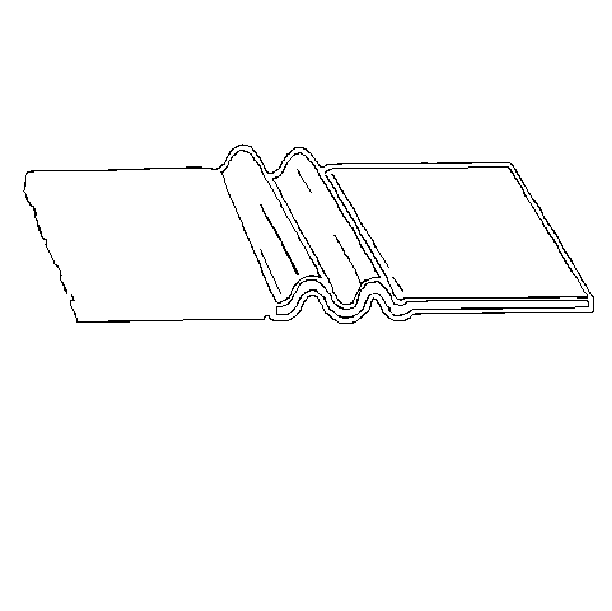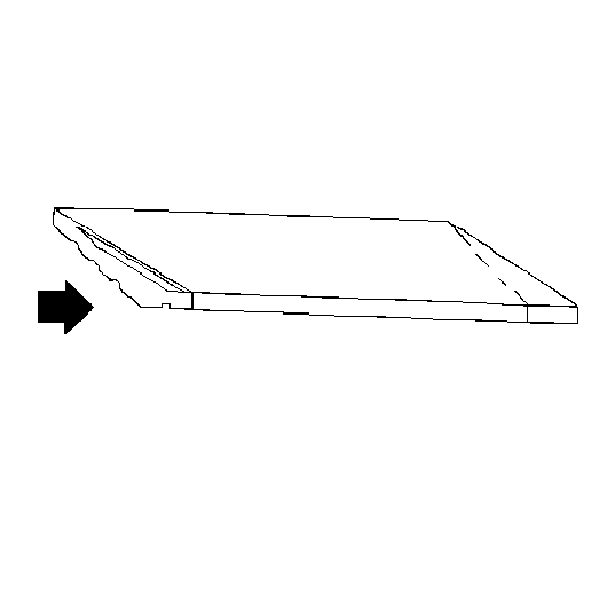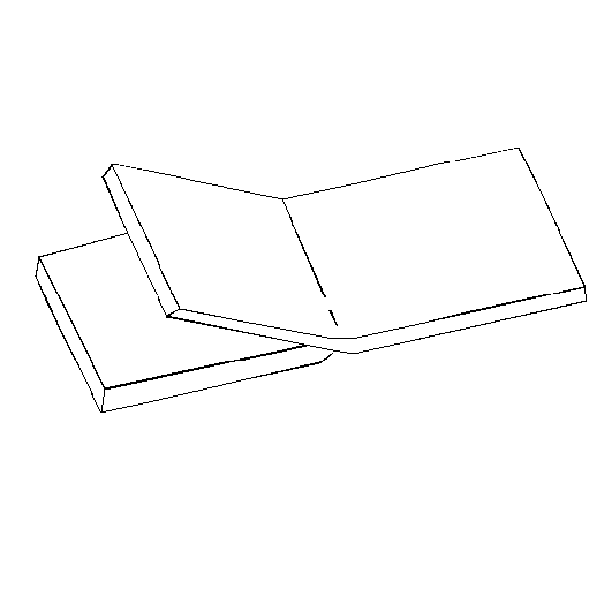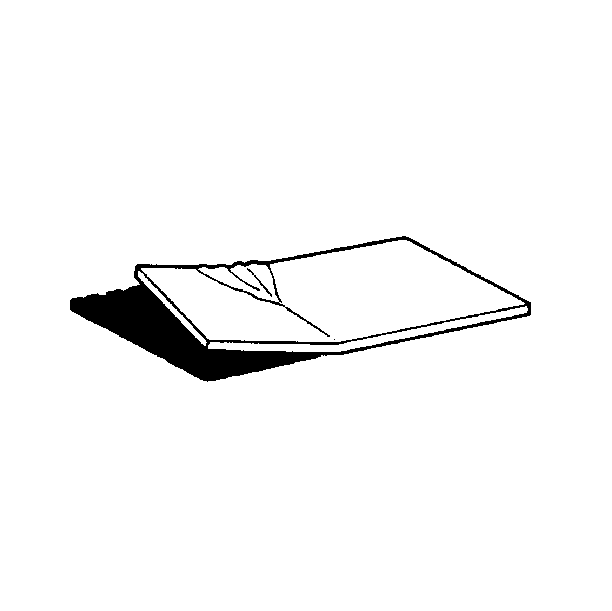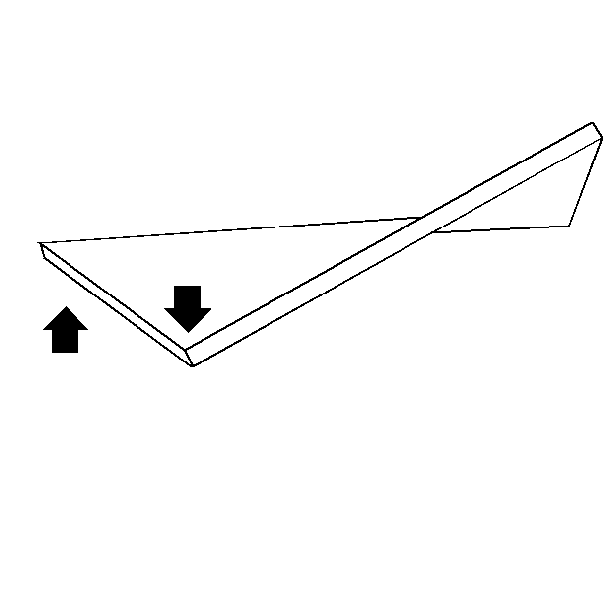For 1990-2009 cars only
The normal life and function of many vehicle parts depend on proper frame alignment. Check the frame alignment after a fire, a collision, or an overload. If you suspect the frame is out of alignment for any other reason, likewise check the frame. Refer to Alignment Checking
Certain conditions make the frame appear to be misaligned when it is not. These conditions are described in the same section.
Terms used in this section are defined briefly here:
- SECTION MODULUS is a measure of the strength of a frame based on height, width, thickness, and shape of the side rails. This strength does not account for the strength of the material used in the frame.
- YIELD STRENGTH is a measure of the strength of the material from which the frame is made. It is the maximum load that can be placed on a material and still have the material return to its original shape. It is measured in kPa (psi).
- RESISTANCE TO BENDING MOMENT (RBM) is a single measure of frame strength that accounts for both the section modulus and the strength of the material.
- COLLAPSE refers to what happens when buckles appear on more than one surface of the box section of the side rail, or when a section of the underbody or frame structure is shortened in length.
- DIAMOND refers to what happens when one side of the frame moves forward or to the rear, causing the frame structure to be out of square.
- SAG is a vertical misalignment caused by an incorrect datum line. When both sides are equally misaligned, this is known as kick-up.
- SIDESWAY refers to a section of the frame that is positioned to the left or the right of the centerline, when compared with the rest of the vehicle.
- TRACKING refers to the alignment of the vehicle axles. A misaligned frame causes improper tracking. If the vehicle is tracking correctly, all axles are parallel and perpendicular to the centerline of the frame.
- TWIST refers to the condition where the sides of the underbody plane (datum) are not parallel. One rail slopes up while the other rail slopes down.
- WEB refers to the vertical part of a channel-type frame rail.
- DATUM refers to the plane of the underbody of the frame from which all vertical measurements originate.
- TRAM LENGTH refers to measurements that are two dimensional and parallel to the datum line.
